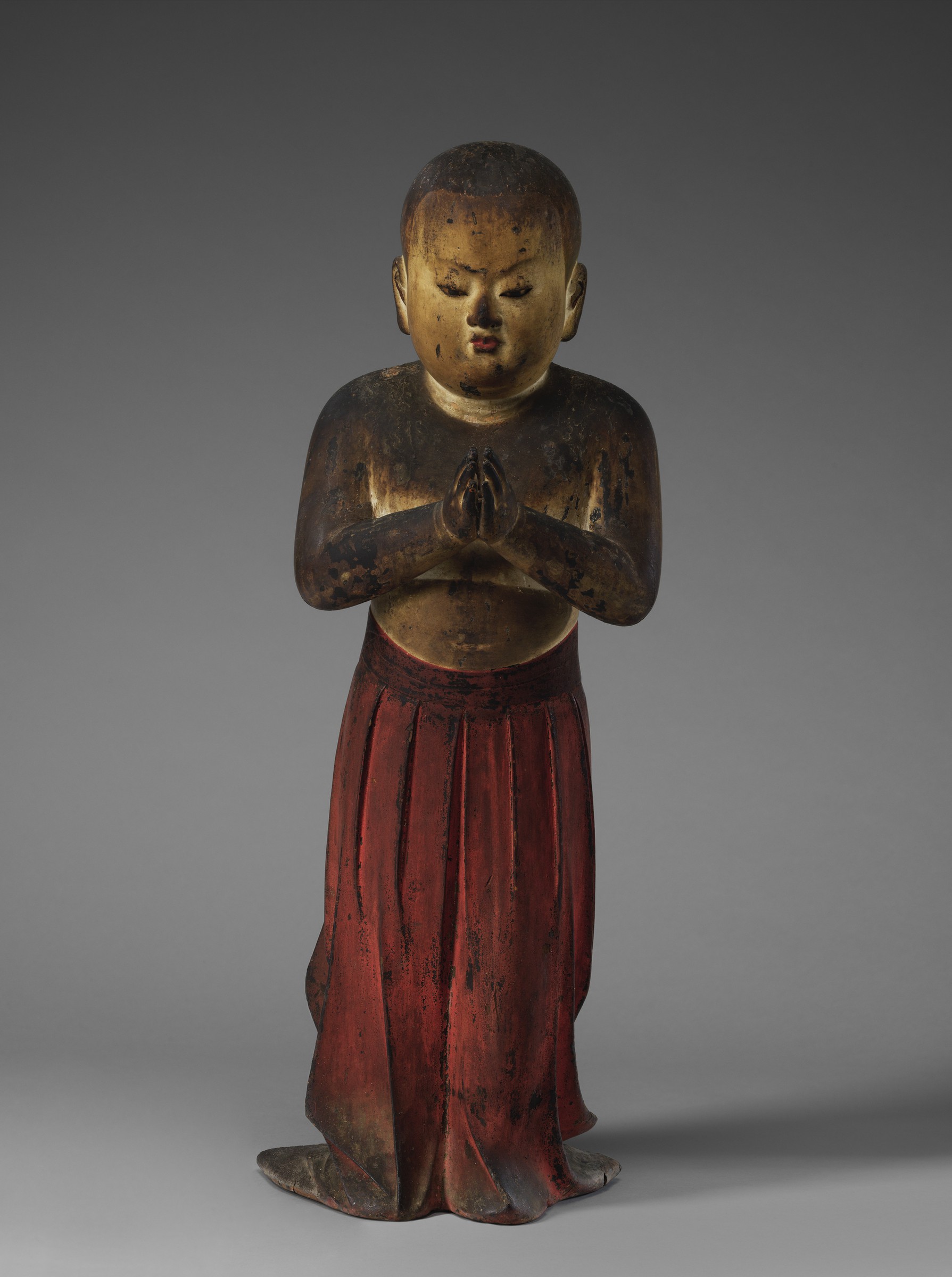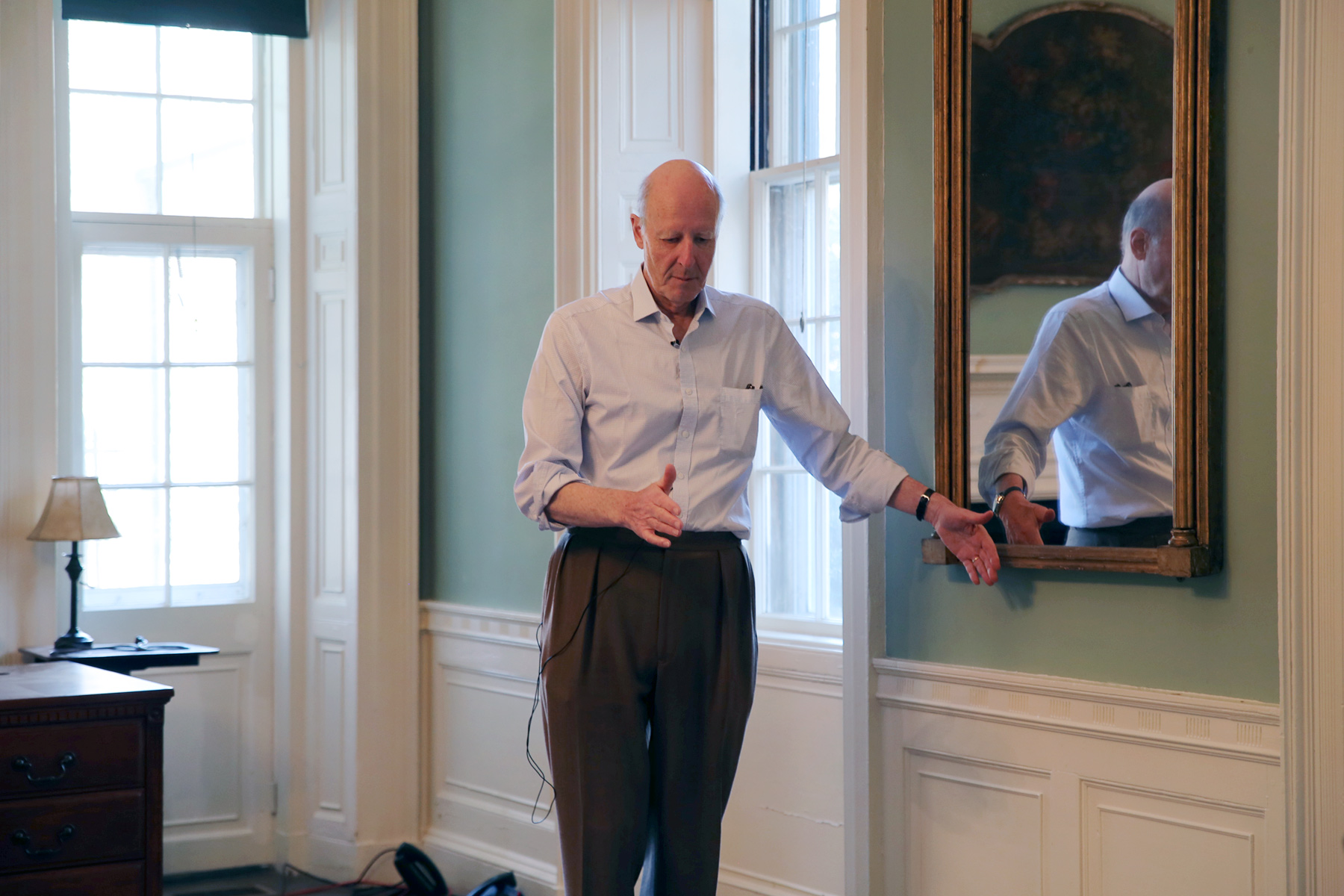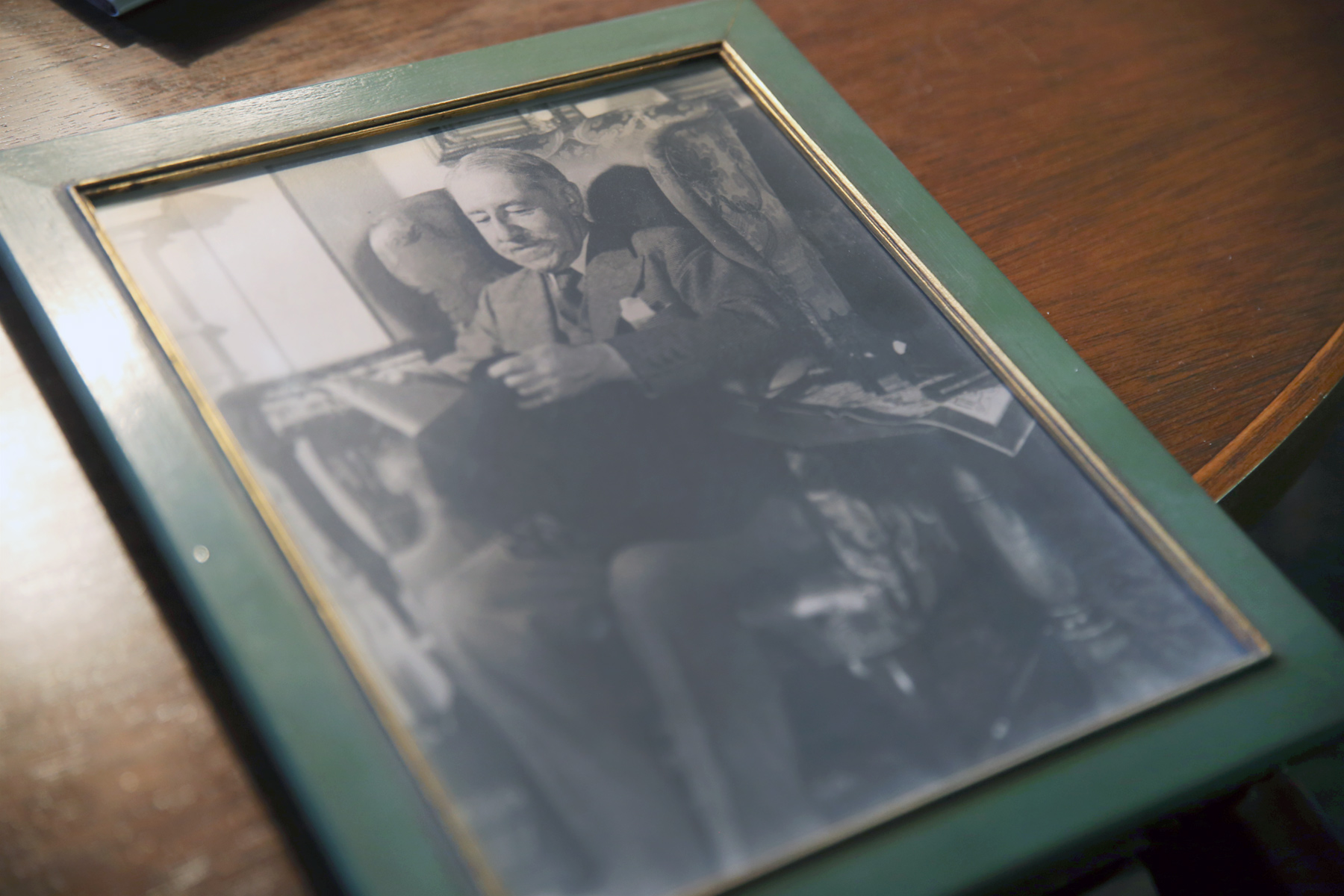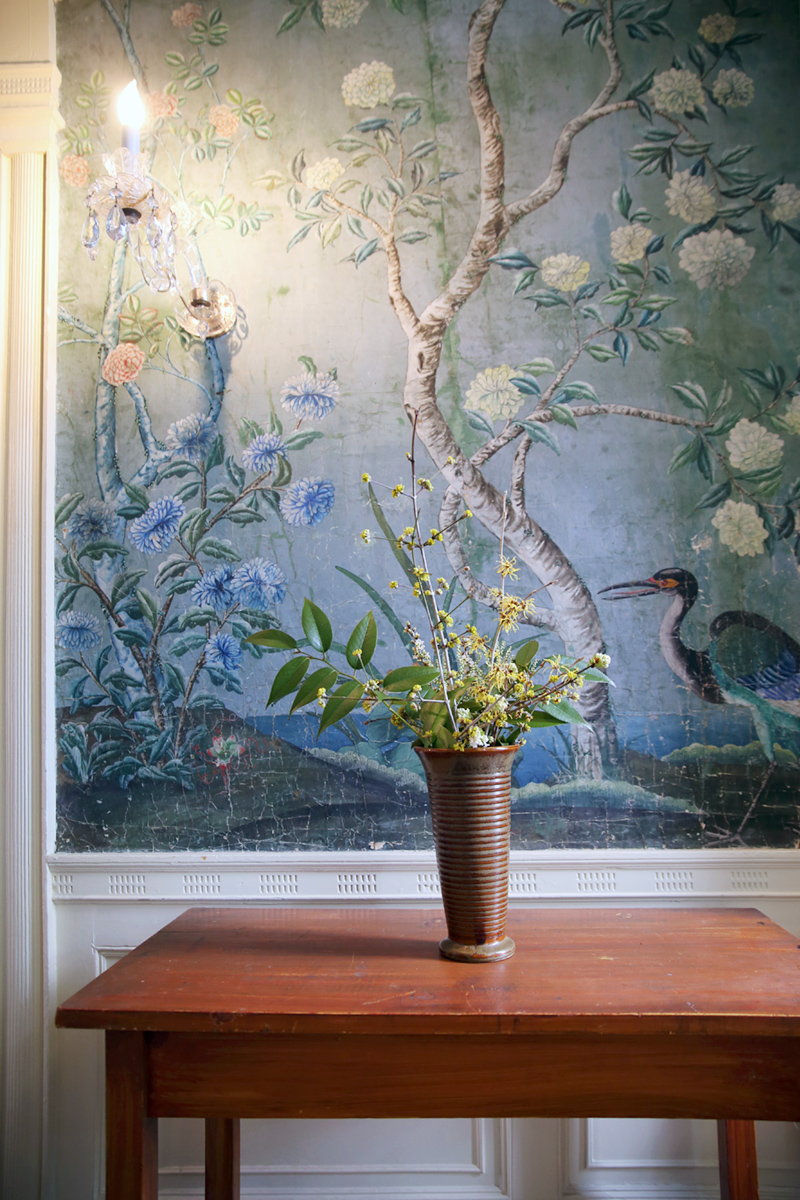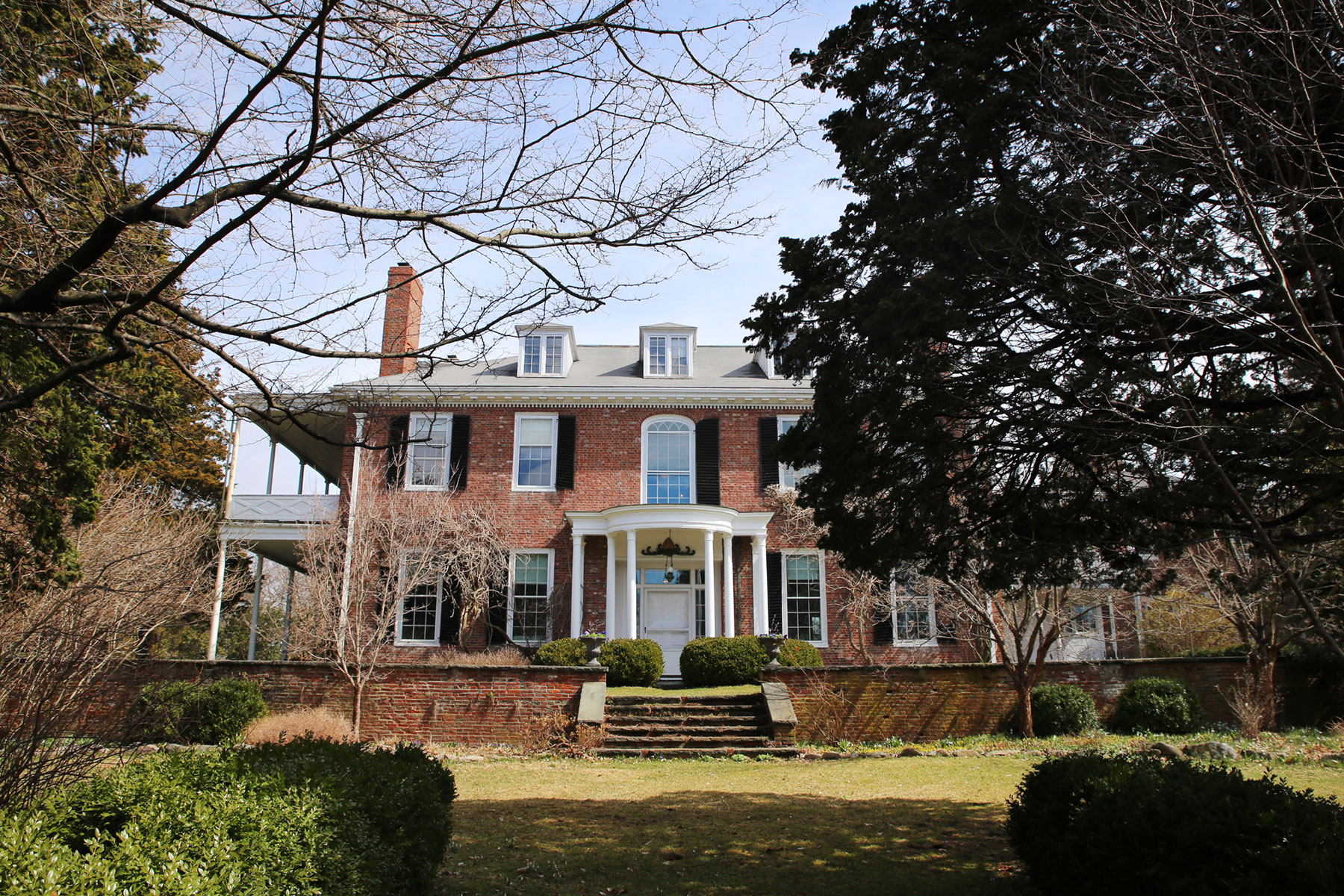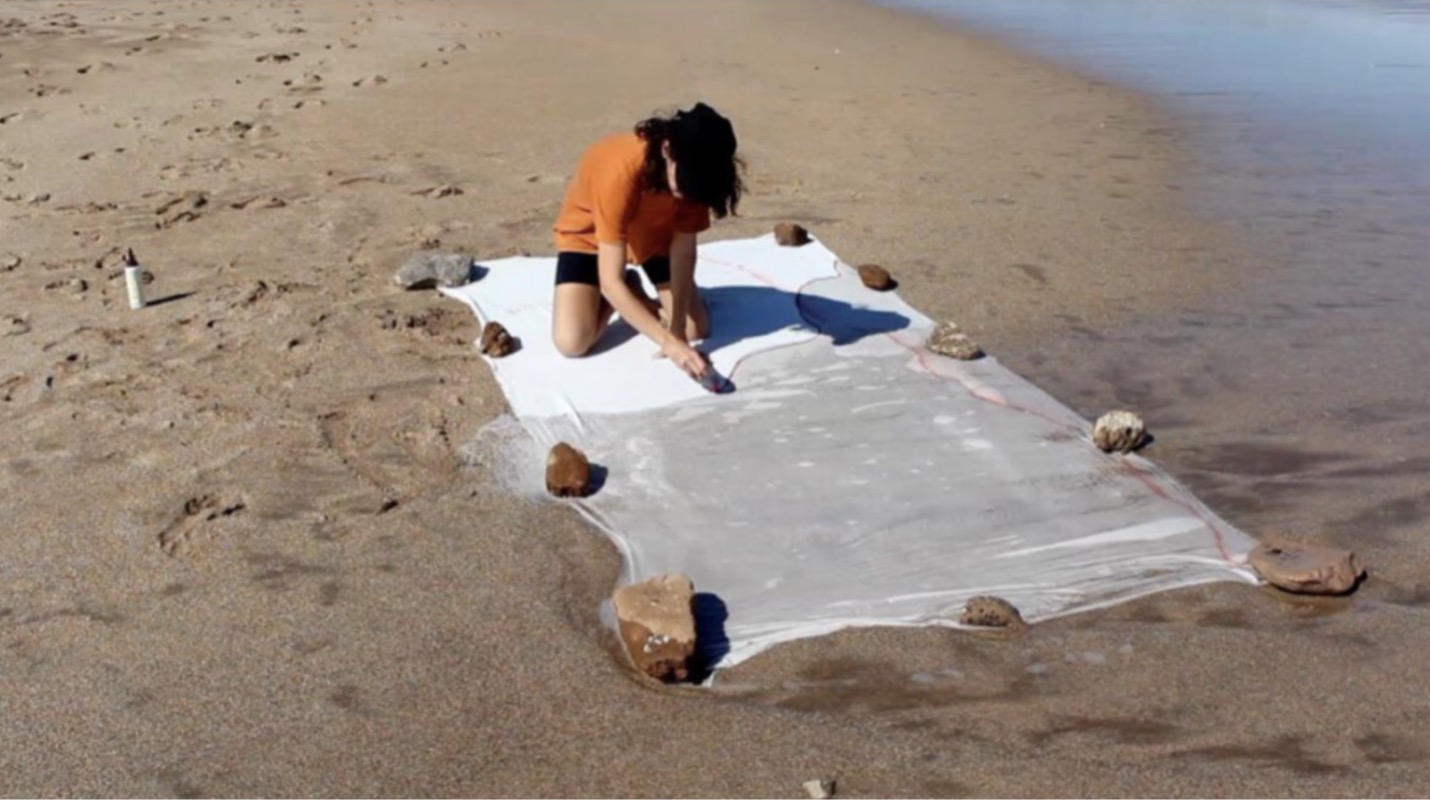Walter C. Sedgwick can’t remember a time without Prince Shōtoku at Age Two in his life.
The Harvard alumnus (Class of 1969) grew up visiting the sculpture every summer at his grandparents’ home, Long Hill, in Beverly, Massachusetts. He felt a special connection to Prince Shōtoku, even from a young age.
“He was a figure of great reverence—very mysterious in a way, transcendent,” said Sedgwick, “but also tangible in other ways because of his baby-like form.” Sedgwick’s grandfather, Atlantic Monthly owner-editor Ellery Sedgwick, acquired Prince Shōtoku during a trip to Japan in 1936.
Recently, Walter Sedgwick has made the extraordinary gesture of gifting the sculpture to the Harvard Art Museums, in memory of Ellery Sedgwick, Sr., and Ellery Sedgwick, Jr., ensuring that it will be available for study and appreciation for generations to come. The sculpture is the subject of the new exhibition Prince Shōtoku: The Secrets Within (on view May 25–August 11, 2019).
Made of Japanese cypress with inlaid rock crystal eyes, the sculpture depicts Shōtoku Taishi, who is believed to be the founder of Buddhism in Japan. At the age of two (one by the Western count), Prince Shōtoku is said to have faced east, praised the Buddha, and manifested a relic between his hands; the sculpture depicts that moment. Dating to approximately 1292, the “Sedgwick Shōtoku” is widely recognized as the world’s oldest and finest surviving representation of Prince Shōtoku at age two.
Prince Shōtoku is life-size and lifelike in the way it portrays the young child, complete with a large head, smooth skin, and the chubbiness typical of a baby. “When you are close to him, he has a living presence,” said Rachel Saunders, the Abby Aldrich Rockefeller Associate Curator of Asian Art, who curated the Prince Shōtoku exhibition. “This is something you sense even if you don't know anything about Japanese Buddhist sculpture or Prince Shōtoku.”

